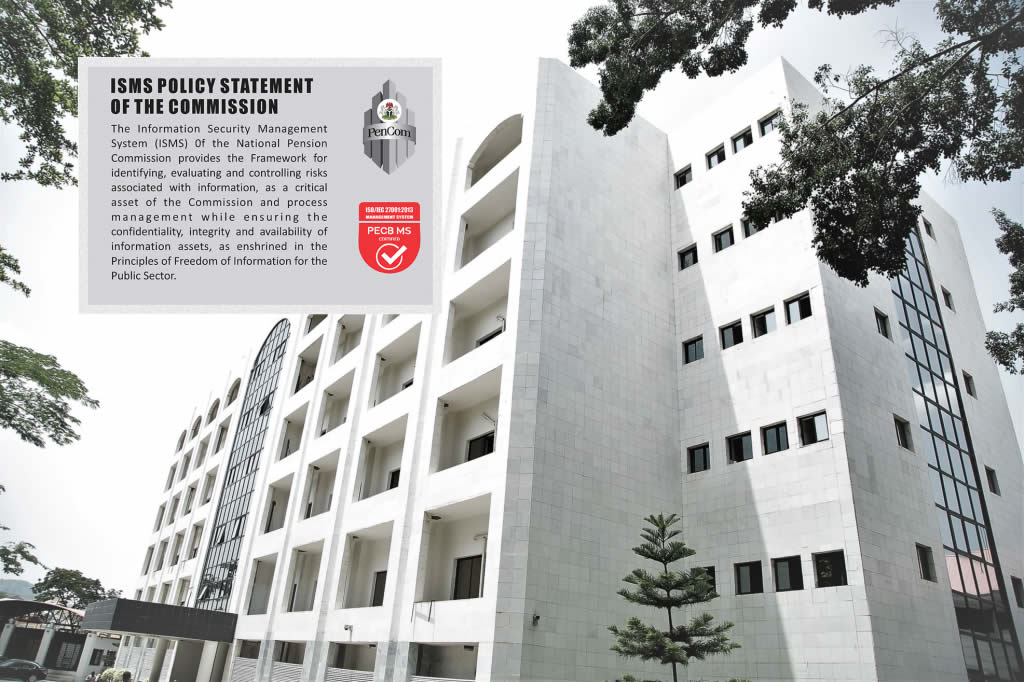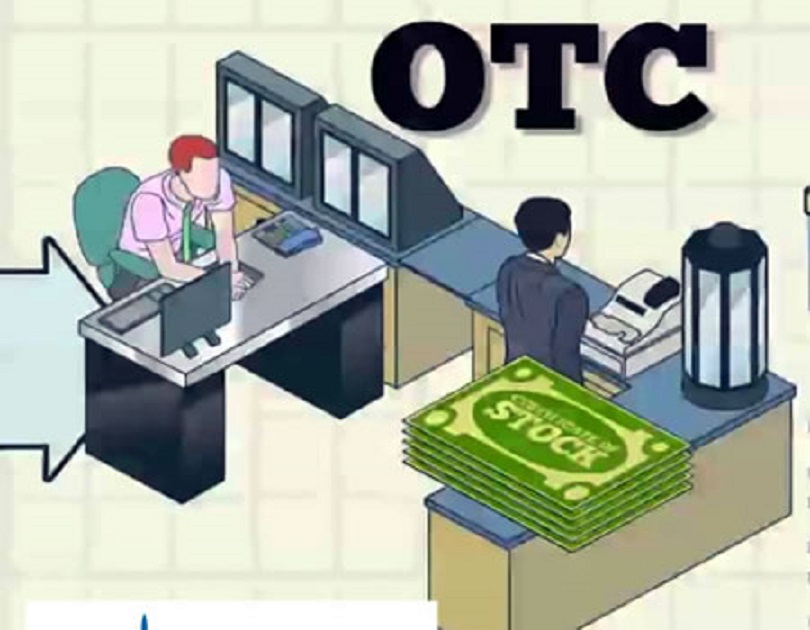Economy
WTI Trades Higher than Brent as Oil Marks Best Month

By Adedapo Adesanya
The US West Texas Intermediate (WTI) traded higher than the Brent Crude at the Friday session as oil prices closed the best month so far this year.
The international benchmark, Brent crude, closed by 0.11 percent or $0.04 at $35.33 per barrel, while the US West Texas Intermediate (WTI) gained as much as 5.16 percent or $1.65 to sell at $35.45 per barrel.
WTI has increased by nearly 90 percent this month, the highest increase since 1983. Still, this month’s price rise has not been enough to offset the losses that the benchmark suffered in the last three months.
Relatively, for the month, Brent gained 40 percent, for its best month since 1999 but prices for both futures are still 45 percent lower than it was at the beginning of the year.
In April, prices plunged with the international benchmark falling to its lowest in over 20 years, while the WTI had it worse, dropping below zero and into negative territory for the first time on record.
Part of the move was due to the contract’s imminent expiration, but it also reflected that no one wanted to take physical delivery of crude while demand was falling due to a lockdown to prevent the spread of the coronavirus pandemic.
But May proved to be a different month as both contracts recorded five straight weekly gain, helped by production cuts from the Organisation of the Petroleum Exporting Countries (OPEC) and its allies (OPEC+) coupled with optimism about demand recovery in countries around the world.
Due to compliance from the deal, oil prices continue to do well backed up by increase in demand due to ease in lockdowns, which has brought many back on the road.
Now, talks about extending the record production cuts of 9.7 million barrels per day beyond June looks good to traders as this will help tackle the fear of oversupply, but this is yet to win support from Russia. The country said it would analyse the market before making any decision at the June 9-10 OPEC+ meeting.
The OPEC+ production cuts as they stand now will begin to reduce by two million to 7.7 million barrels per day from July 1, and the group is expected to decide on whether or not to extend the deeper cuts at the meeting.
Also adding to the good results in May, Saudi Arabia said that, beginning June 1, it would voluntarily cut an additional 1 million barrels per day on top of its portion of the cuts agreed to by OPEC+. It was then supported by Kuwait and UAE, other cartel members that followed suit and said they would also exercise additional cuts of 180,000 per barrels daily.
Economy
Seplat to Boost Nigeria’s Oil Production With Mobil Assets Acquisition

By Adedapo Adesanya
Seplat Energy Plc will revive hundreds of Nigerian oil wells laying fallow after completing the acquisition of Mobil Producing Nigeria Unlimited (MPNU) from ExxonMobil.
The company said it aims to lift oil output to about 200,000 barrels a day, a move that will help boost Nigeria’s oil production levels, as it aims to reach 2 million barrels per day next year.
The transaction, according to Seplat, “is transformative for Seplat Energy, more than doubling production and positioning the company to drive growth and profitability, whilst contributing significantly to Nigeria’s future prosperity.”
The completion of the Seplat-ExxonMobil deal has created Nigeria’s leading independent energy company, with the enlarged company having equity in 11 blocks (onshore and shallow water Nigeria); 48 producing oil and gas fields; 5 gas processing facilities; and 3 export terminals.
Recall that the Nigerian Upstream Petroleum Regulatory Commission (NUPRC) in October approved the deal as part of a series of approvals, while it blocked Shell’s asset sale of up to $2.4 billion to the Renaissance consortium.
The acquisition of the entire issued share capital of MPNU adds the following assets to the Seplat Group: 40 per cent operated interest in OML 67, 68, 70 and 104; 40 per cent operated interest in the Qua Iboe export terminal and the Yoho FSO; 51 per cent operated interest in the Bonny River Terminal (‘BRT’) NGL recovery plant; 9.6 per cent participating interest in the Aneman-Kpono field; and approximately 1,000 staff and 500 contractors will transition to the Seplat Group.
MPNU adds substantial reserves and production to Seplat Energy; 409 million barrels of oil equivalent (MMboe) 2P reserves and 670 MMboe 2P + 2C reserves and resources as at 30 June 2024 and 6M 2024 average daily production of 71.4 kboepd (thousand barrels of oil equivalent).
Business Post reports that Seplat will be part of the payment this year, and will defer some to next year,
Speaking on the transaction, the Chairman of Seplat Energy, Mr Udoma Udo Udoma commended President Bola Tinubu for supporting this transaction and appreciated the support and diligence of the various ministries and regulators for all the work to reach a successful conclusion.
“We are delighted to welcome the MPNU employees to Seplat Energy. We are excited to begin our journey in a new region of the country, and we look forward to replicating the positive impacts we have achieved within our communities in our current areas of operations.
“Seplat’s mission is to deliver value to all our stakeholders, and we treasure the good relationships we have developed with the government, regulators, communities and our staff.”
On his part, the chief executive of Seplat Energy, Mr Roger Brown, described the acquisition as a major milestone, adding, “I extend my thanks to the entire Seplat team for their hard work and perseverance to complete this transaction.
“MPNU’s employees and contractors have a strong reputation for safety and operational excellence, and I welcome them to the Seplat Energy Group.
“We have acquired a company with one of the best portfolios of assets and related infrastructure in a world-class basin, providing enormous potential for the Seplat Group. Our commitment is to invest to increase oil and gas production while reducing costs and emissions, maximising value for all our stakeholders.
“MPNU is a perfect fit with our strategy to build a sustainable business that can deliver affordable, accessible and reliable energy for Nigeria alongside attractive returns to our shareholders”.
Economy
PenCom Projects N22trn Pension Assets for 2024

By Adedapo Adesanya
The National Pension Commission (PenCom) is projected to close the year with over N22 trillion in pension assets impacted by challenges like inflation and monetary policies.
This is according to PenCom Director-General, Mrs Omolola Oloworaran, at a press conference in Abuja on Thursday.
She said as of October 2024, the Contributory Pension Scheme (CPS) had 10.53 million registered contributors and pension fund assets worth N21.92 trillion.
Speaking at the conference-themed Tech-driven Transformation Shaping the Pension Landscape, which showcased PenCom’s strategic commitment to innovation, she said that the numbers reflected the agency’s unwavering commitment to fund safety, prudent management, and sustainable growth.
She explained that the pension environment was impacted by the wider economic challenges facing the country, noting that the sector battled multi-year high inflation, Naira devaluation, and the lingering effects of unorthodox monetary policies by the Central Bank of Nigeria (CBN).
Business Post reports that the apex bank hiked interest rates by 875 basis points this year alone to tackle persistent inflation which peaked at 33.8 per cent as of October.
She said that these challenges eroded the real value of pension funds and impacted contributors’ purchasing power.
“To address these issues, the commission has initiated a comprehensive review of its investment regulations.
“It is focusing on diversifying pension fund investments into inflation-protected instruments, alternative assets, and foreign currency-denominated investments.
“The goal is to safeguard contributor savings and ensure resilience against future economic volatility,” she said.
She restated the commission’s commitment to expanding pension coverage, particularly through the advanced micro-pension plan designed to encourage participation from the informal sector using technology.
“This initiative will make it easier for everyday Nigerians to save for retirement, aligning with our vision of inclusive growth and financial stability for all.
“The backlog in retirement benefits for retirees of the Federal Government’s Ministries, Departments, and Agencies (MDAs) will soon be settled.
“The federal government recently disbursed N44 billion under the 2024 budget to settle approved pension rights.
“We are collaborating with the Federal Government to institutionalise a sustainable solution to ensure retirees receive their benefits promptly, eliminating delays,” Mrs Oloworaran said.
She said that PenCom’s technology-driven transformation aimed to make the CPS more accessible, reliable, and sustainable.
“From data management to seamless contributions and regulatory supervision, we are paving the way for a future where the pension industry serves all Nigerians effectively,” she said,
Mrs Oloworaran also said that the e-application portal for pension clearance certificates has replaced the manual processes and enhanced the ease of doing business in the sector.
“Since its deployment, 38,528 pension clearance certificates have been issued. This initiative ensures compliance and secures the future of Nigerians working in organisations that interact with the government,” she said.
Economy
NASD OTC Securities Exchange Closes Flat

By Adedapo Adesanya
The NASD Over-the-Counter (OTC) Securities Exchange closed flat on Thursday, December 12 after it ended the trading session with no single price gainer or loser.
As a result, the market capitalisation remained unchanged at N1.055 trillion as the NASD Unlisted Security Index (NSI) followed the same route, remaining at 3,012.50 points like the previous trading session.
However, the activity chart witnessed changes as the volume of securities traded at the bourse went down by 92.5 per cent to 447,905 units from the 5.9 million units transacted a day earlier.
In the same vein, the value of securities bought and sold by investors declined by 86.6 per cent to N3.02 million from the N22.5 million recorded in the preceding trading day.
But the number of deals carried out during the session remained unchanged at 21 deals, according to data obtained by Business Post.
When trading activities ended for the day, Geo-Fluids Plc remained the most active stock by volume (year-to-date) with 1.7 billion units sold for N3.9 billion, Okitipupa Plc came next with 752.2 million units valued at N7.8 billion, and Afriland Properties Plc was in third place with 297.5 million units worth N5.3 million.
Also, Aradel Holdings Plc remained the most active stock by value (year-to-date) with 108.7 million units worth N89.2 billion, followed by Okitipupa Plc with 752.2 million units valued at N7.8 billion, and Afriland Properties Plc with 297.5 million units sold for N5.3 billion.
-

 Feature/OPED5 years ago
Feature/OPED5 years agoDavos was Different this year
-
Travel/Tourism8 years ago
Lagos Seals Western Lodge Hotel In Ikorodu
-

 Showbiz2 years ago
Showbiz2 years agoEstranged Lover Releases Videos of Empress Njamah Bathing
-

 Banking6 years ago
Banking6 years agoSort Codes of GTBank Branches in Nigeria
-

 Economy2 years ago
Economy2 years agoSubsidy Removal: CNG at N130 Per Litre Cheaper Than Petrol—IPMAN
-

 Banking2 years ago
Banking2 years agoFirst Bank Announces Planned Downtime
-

 Sports2 years ago
Sports2 years agoHighest Paid Nigerian Footballer – How Much Do Nigerian Footballers Earn
-

 Technology4 years ago
Technology4 years agoHow To Link Your MTN, Airtel, Glo, 9mobile Lines to NIN
























